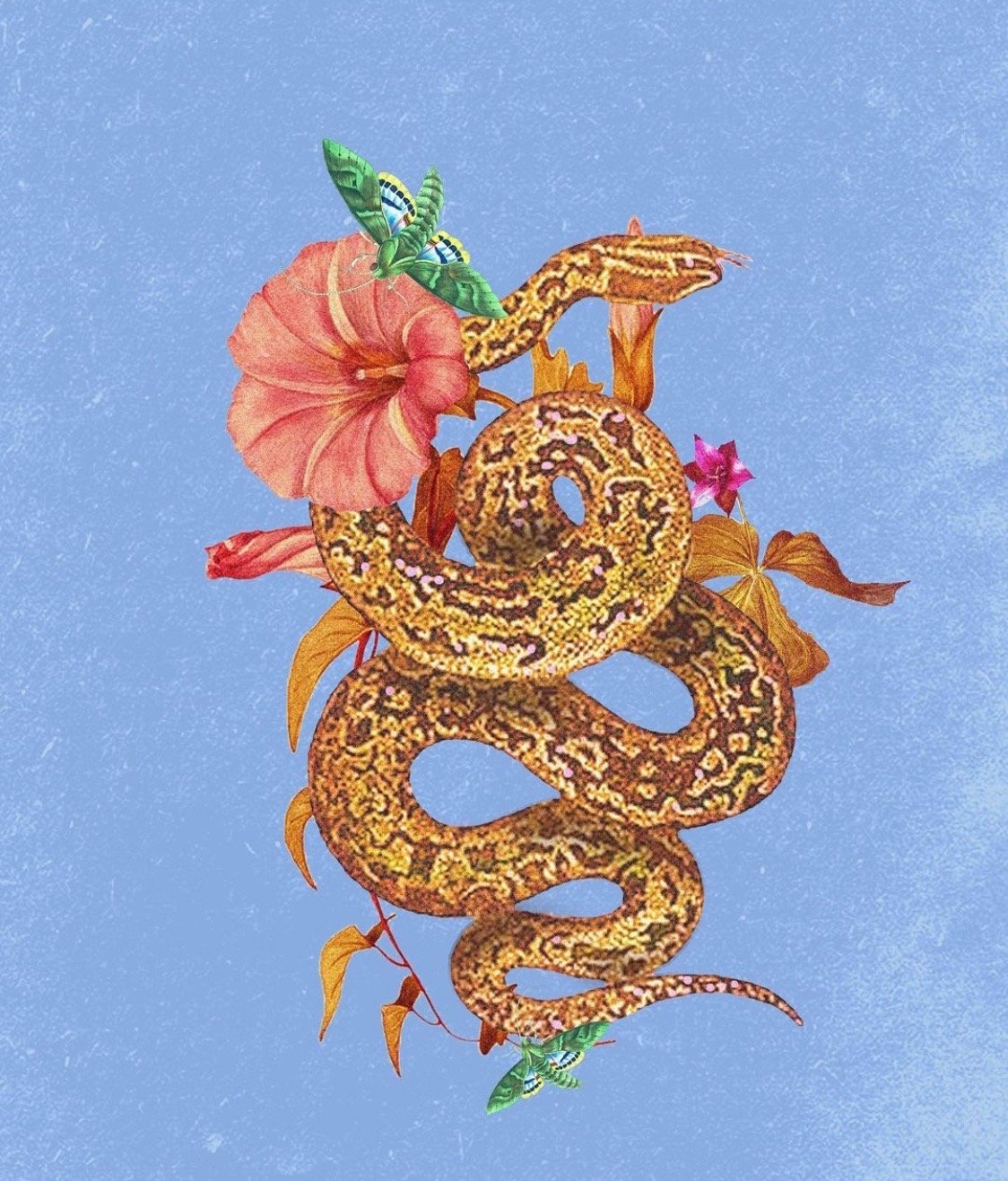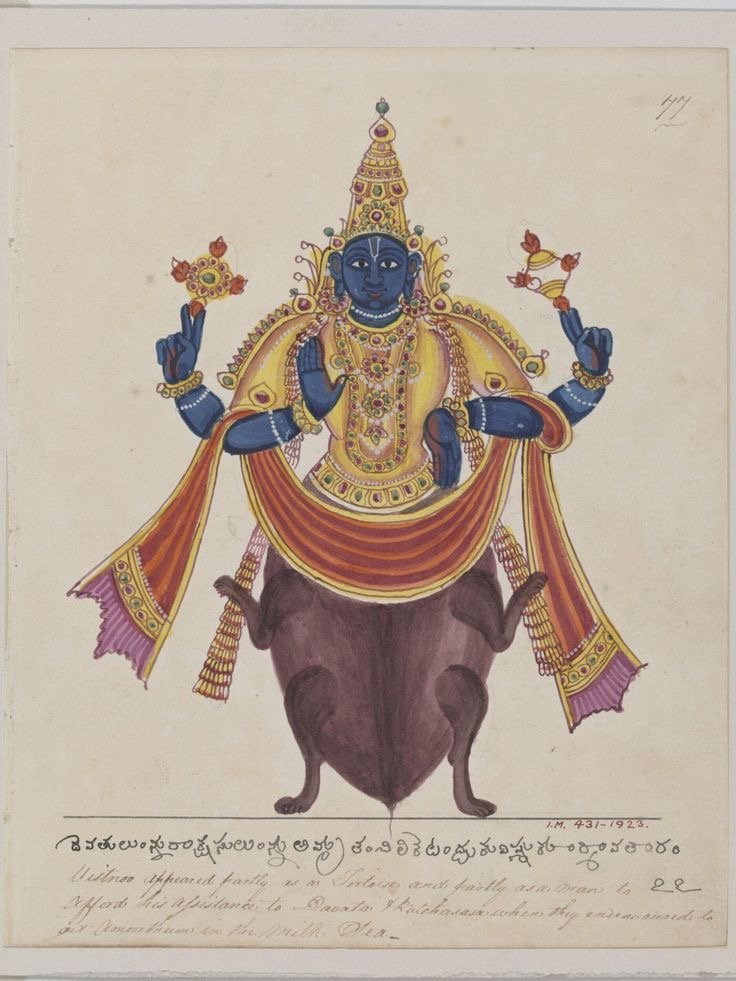ŚANI JAYANTĪ
Monday, May 26th
The day preceding the new moon in the lunar month of Jyeṣṭhā (May/June), known as Śani Amāvāsyā (शनि जयन्ति), holds special significance in the Vedic calendar as it commemorates the birth of Lord Saturn.
Śani, the venerable son of Sūrya Dev (the Sun) and his shadowy consort Chāyā Devī, brother of Yama Dev of Pātāla-loka, is often depicted as a dark figure seated upon a crow—the planet of restraint and duty, embodiment of patience, he who is measured and deliberate, who is the giver of longevity (Āyuḥ-kāraka, long life indicator).
It is Śani who creates the foundation for the churning of the cosmic ocean (Samudra Manthana), as Lord Viṣṇu’s second incarnation, Kūrma Avatāra—the divine tortoise who bore the weight of Mount Mandara.
Śani is the seventh of the nine grahas (planets), lord of the western direction, presiding over Saturdays, and governs the rāśis Makara (Capricorn) and Kumbha (Aquarius).
He rules the three luminous nakṣatras at the heart of all water signs (mokṣa rāśis): Puṣyā, Anurādhā, and Uttara Bhādrapadā. Śani is exalted (uccha) in Tulā (Libra), particularly in Svātī, and debilitated (nīca) in Bharaṇī (Aries). His janma-nakṣatra, or birth star, is traditionally said to be Revatī (Pisces).
Śani’s constitution is vāta, and in Āyurvedic astrology, he governs the muscle tissue, thighs, knees, joints, colon, and legs. He is the carrier of vāyu tattva (air element), his caste is traditionally Śūdra—though some regard him as an outsider—and his archetype is that of an oil-presser, one who honors Kalā Bhairava, Lord of Time. His color is black or kājal (collyrium), his metal is iron, and his gemstone is nīla (blue sapphire).
Kālī, the Mahāvidyā aligned with Saturn, is the devourer of time who cuts through illusion with uncompromising truth. Like Śani, she is both fierce and compassionate—delivering the consequences of karma and stripping away what is false to reveal what is eternal.
Śani’s influence is often misunderstood. His presence in our lives can manifest as a force that slows us down, humbles us, and may seemingly bring an unceasing succession of challenges and sorrows.
Despite the difficulty inherent in Saturn's teachings, embracing his influence can also bestow upon us maturity, spiritual resilience, and the ability to reign over vast domains when we manage to appease him. Śani may manifest as restrictions and delays along our path; however, he never denies. When he gives, he bestows everything abundantly.
To appease Lord Saturn and prevent him from causing disruptions in your life, you can make regular offerings of black sesame seeds to the crows on Saturdays, and chant the Hanumān Chalīsā.
If you’re currently running a cycle (daśā or antar-daśā) of Saturn, experiencing sāḍēsātī (the seven-and-a-half-year transit), undergoing a Saturn return (occurs roughly every 29.5 years/Saturn in Pisces), Śani aṣṭamaśa (currently Siṃha rāśi), or feeling the influence of Saturn “holding back” your progress, observing a fast on this day can be immensely beneficial.
Śani, who is measured, known for his restraint and tolerance, favors those who embrace these virtues.
Consider a vrat (a sacred observance or fast)—from technology, food, or simply opting for a slower approach. Offer support or aid to an elderly family member, donate your time, food, or clothing to those in need of support—on Monday, May 26, when Amāvāsyā tithi prevails at sunrise through the new moon (20:03 PDT | May 27, 8:33 IST).
Pair this with listening to or chanting the Śrī Rudram, a powerful hymn to Śiva, to invite Saturn’s grace. Śani is considered a devotee of Śiva, and in certain Purāṇic stories, it is only Śiva who can pacify or transform Śani’s gaze.
In turning inward on this threshold of the new moon, may you align with Śani’s higher teachings and receive his blessings of fortitude, clarity, and enduring reward.
ॐ शनि शनैश्चराय नमः।
All my Relations
















